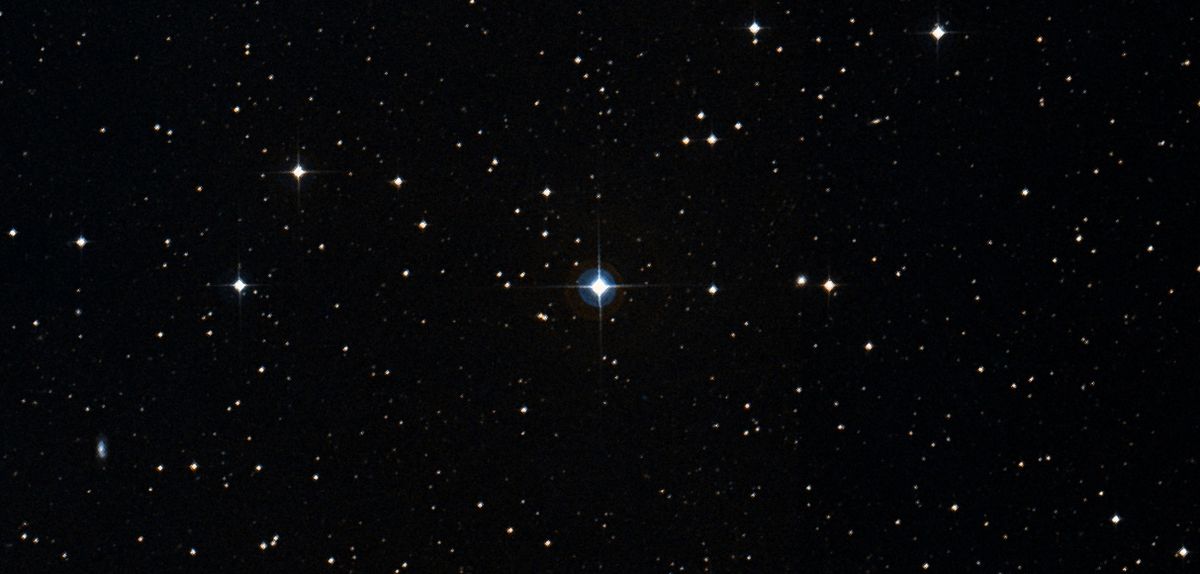
And scientists think this spacecraft, better known for discovering alien worlds, could unveil similar mysteries in bright but seemingly humdrum binary star systems, according to research presented at the 237th meeting of the American Astronomical Society, held virtually this week due to the coronavirus pandemic.
"It's just been one of those topics that we knew was going to be really exciting, that TESS was going to be really powerful for," James Davenport, an astronomer at the University of Washington, told Space.com of bright, binary star systems.And when the stars overlap in the spacecraft's view, the light dips: ta-da, a binary star system in an exoplanet mission's data.
So Davenport read up on binary stars, tracking down an old article for amateur astronomers that profiled intriguing binary stars.That's because in 2012, astronomers took a new look at the system, which is about 342 light-years away from Earth, and realized it wasn't just two stars circling each other every day and a half or so: There was a third, more distant and much smaller star tugging at the main pair.
And Davenport was looking at 2019 TESS data that still showed small eclipses.
Using the new TESS data, Davenport and his student co-authors have predicted that HS Hydra's eclipses will end not in 2022, but early this year, perhaps in February — just in time for the spacecraft to check back in on the system.But as excited as Davenport is about TESS, he said that the most compelling aspect of the HS Hydra research is being able to pull in data from more than a century before scientists even dreamed up the mission."It was as if somebody had just created a telescope that was a time machine," he said.With that time machine, Davenport and his colleagues can paint a 125-year narrative with peculiar echoes of humans' history with space. .For decades, as humans developed first airplanes and then rockets, HS Hydra was just a star."Now we're at this inflection point, where we have this new survey that is going to, I think, revolutionize studies of binary stars … and this system is now sort of bowing out," Davenport said.
But there's always a chance scientists haven't actually solved the puzzle of HS Hydra, he said, and that the system will continue to surprise astronomers as the data set becomes still longer.And that means that scientists would do well to look both backward and forward, Davenport said — to both salvage the field's earliest data and think carefully about how to ensure today's observations remain accessible
